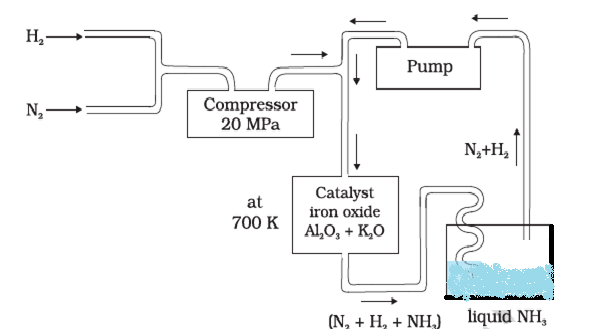Why does the reactivity of nitrogen differ from phosphorus?
Nitrogen molecule is a diatomic and the two nitrogen atoms are linked by triple bond (N≡ N). Forming a bonding and thus the bond dissociation energy is very high (946 kj mol–1), it is not possible to cleave the triple bond so easily. Therefore, the reactivity of nitrogen differ from phosphorus.
216 Views


